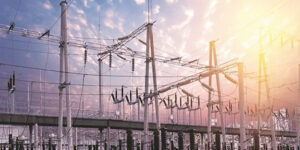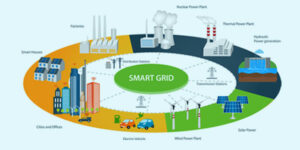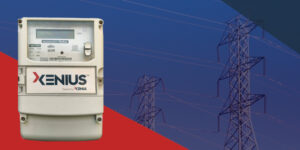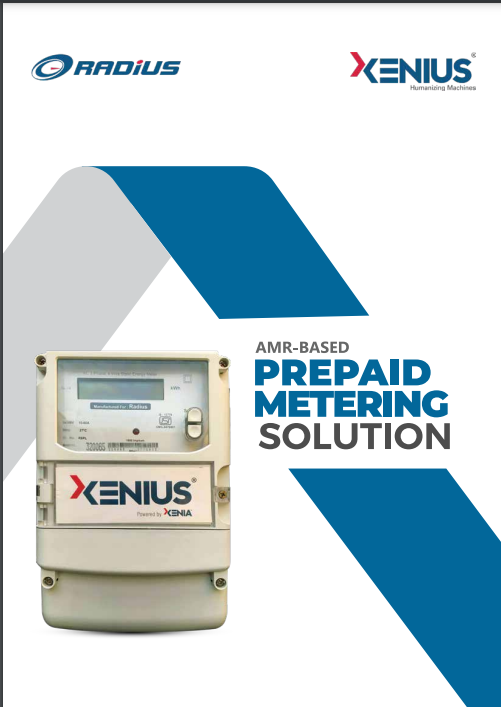In the dynamic landscape of real estate, a profound shift towards sustainability has been catalyzed by the adoption of green building certifications, particularly GRIHA (Green Rating for Integrated Habitat Assessment) and LEED (Leadership in Energy and Environmental Design). These certifications have become synonymous with environmentally conscious construction practices, and their significance extends beyond the construction phase into the ongoing operation and maintenance of buildings.
GRIHA and LEED certifications emphasize a holistic approach to sustainability, encompassing energy efficiency, water conservation, and material sustainability. Real estate developers, recognizing the growing demand for eco-friendly structures, are increasingly turning to these certifications as markers of quality and responsibility. The decision to pursue GRIHA or LEED certification is not merely an industry trend but a commitment to a sustainable future, aligning with global efforts to address climate change and promote responsible development.
Today, the U.S. Green Building Council (USGBC) and Green Business Certification Inc. (GBCI) jointly declared India as a frontrunner in LEED Zero green building projects. The results underscore India’s global leadership in LEED Zero certifications, surpassing both the United States and China. Impressively, India boasts 73 LEED Zero certified projects, constituting 45% of the total 150-plus LEED Zero certifications, with Haryana and Tamil Nadu emerging as the top-certified regions. The United States holds the second position with 47 certifications, accounting for 30%, while China follows closely with 15 certifications, making up 10% of the total. This data reaffirms India’s commitment and success in advancing sustainable building practices, positioning the country as a prominent player on the global stage in the realm of green construction.
One of the key elements in the sustained significance of GRIHA and LEED certifications is the integration of smart metering systems. Smart meters have emerged as instrumental tools in the quest for sustainable living. These devices go beyond traditional utility meters by providing real-time data on energy consumption, enabling precise monitoring and control. The adoption of smart meters has become a linchpin in the commitment to GRIHA and LEED principles, allowing building owners to optimize energy usage, reduce waste, and minimize environmental impact.
Real estate projects with GRIHA and LEED certifications are increasingly incorporating smart metering systems as a standard practice. The real-time insights provided by these meters empower property owners and managers to make informed decisions that contribute to ongoing sustainability by optimizing consumption, reducing wastage and boosting conservation. From identifying energy-intensive areas to implementing targeted efficiency measures, smart meters and smart metering systems play a pivotal role in maintaining the high standards set by GRIHA and LEED certifications.
The allure of GRIHA and LEED-certified properties extends beyond developers and landlords; homebuyers are increasingly recognizing the value of sustainable living. As awareness of environmental issues grows, prospective homeowners are placing a premium on residences that adhere to green building standards. GRIHA and LEED certifications serve as visible endorsements of a property’s commitment to sustainability, influencing purchasing decisions and contributing to a sense of environmental responsibility among residents.
Smart meters, with their ability to empower residents with real-time data and encourage energy-efficient practices, align seamlessly with the ethos of sustainable living. Homebuyers, cognizant of the long-term benefits of reduced energy costs and a smaller carbon footprint, are showing a distinct preference for properties equipped with smart metering systems. The integration of these systems not only enhances the functionality of GRIHA and LEED-certified buildings but also aligns with the evolving expectations of environmentally conscious homeowners.
In conclusion, the synergy between GRIHA and LEED certifications and smart metering systems represents a transformative force in the real estate landscape. The adoption of sustainable practices, as endorsed by these certifications, is not a transient trend but a commitment to a resilient and eco-friendly future. Smart meters have emerged as a pivotal force in this journey, offering a tangible and practical way to uphold the principles of GRIHA and LEED beyond the construction phase. As the real estate industry continues to evolve, the marriage of sustainable certifications and smart technology is paving the way for a more environmentally conscious and technologically advanced ‘green living experience’.
DATA SOURCES
https://www.gbci.org/india-emerges-global-leader-leed-zero-projects
DISCLAIMER
Observations and options expressed in the article (except where specifically validated by market numbers and stats) belong to the contributing writer of the article, and are not necessarily indicative of the company’s position and stance in the matter.











